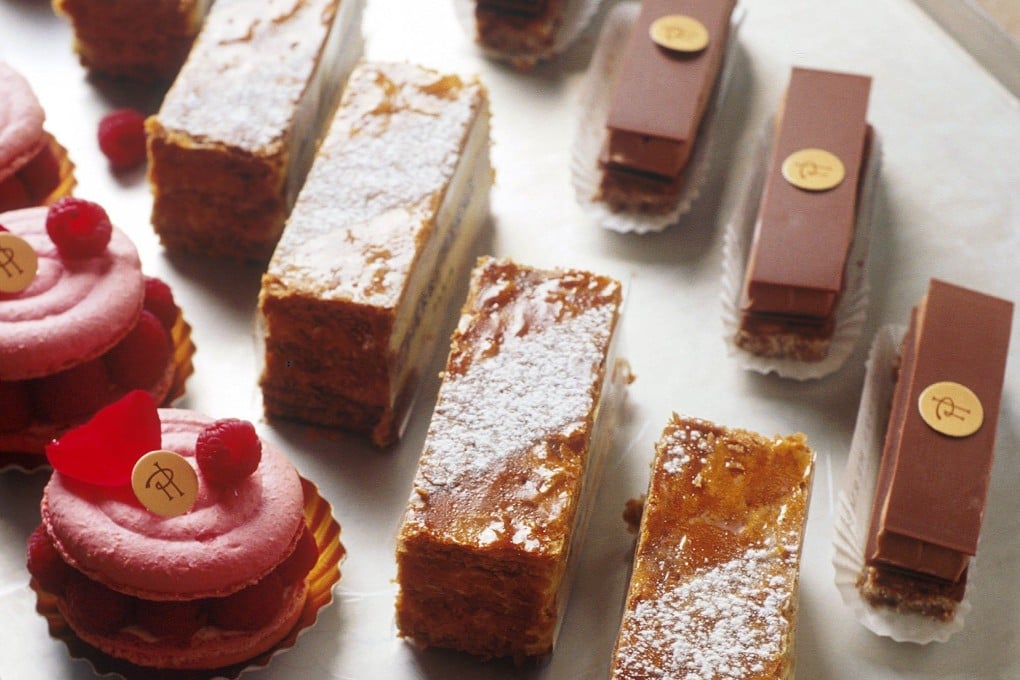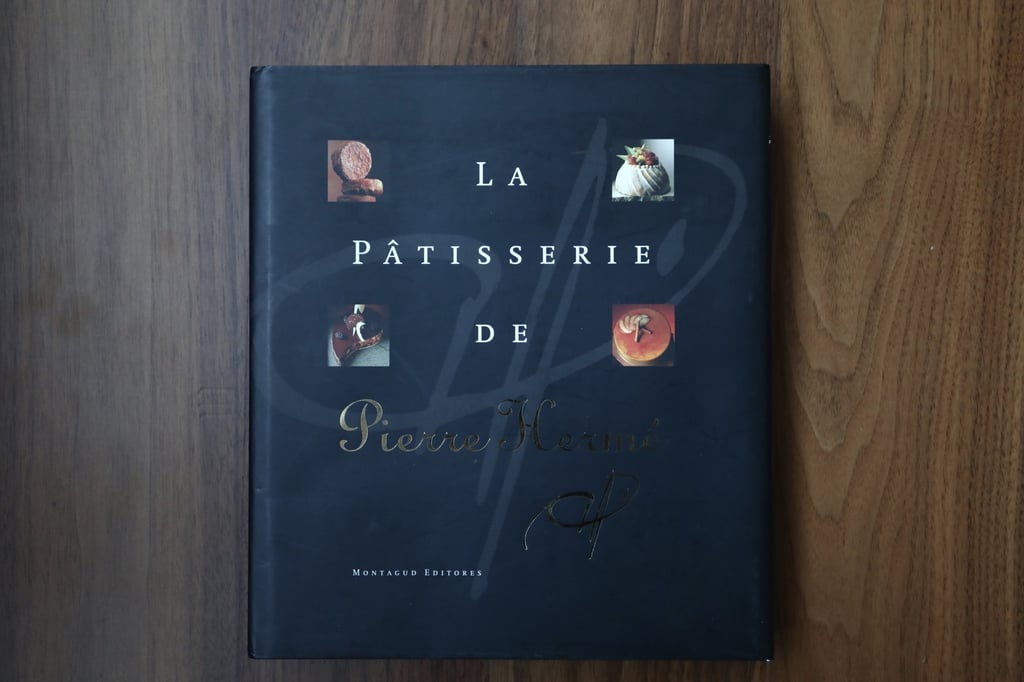From croissants to cookies, Pierre Hermé pastry recipes a home cook can make
- ‘Cakes are for pleasure and thrills, and not only for the end of a meal,’ writes Pierre Hermé in the introduction to La Pâtisserie de Pierre Hermé
- Although not for the faint of heart, the easier recipes in the book include mille-feuilles, canelés, cinnamon buns, macarons, croissants and kouign amann

You might worry that one of Pierre Hermé’s professional books – as opposed to the ones targeted at home cooks – would be too difficult for everyday use.
In some ways, you would be correct: after all, one doesn’t become the “Picasso of Pastry” by breaking up shop-bought ladyfinger biscuits, soaking them in sherry and layering them with instant “custard”, canned fruit and whipped cream out of a canister (although if Hermé did make trifle, it would almost certainly be delicious).
His creations in La Pâtisserie de Pierre Hermé (1997) are far more complicated than that, usually requiring the production of several components before you can actually assemble them into a dessert.
But this is one book I turn to again and again, because the basics are so good.
I love his version of puff pastry, which he calls inverted puff pastry because the dough is wrapped in the butter, instead of the other way around, before being rolled out and layered repeatedly. The first time I made it, I wondered how much better it could be than the traditional technique of making the dough, but the result was incredibly light.

I also love his other basic recipes, even though I use them in desserts that are far easier than the ones Hermé gives in the book.